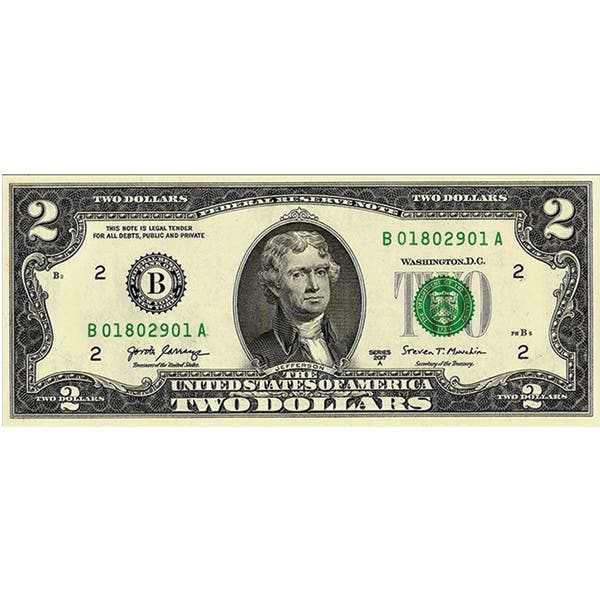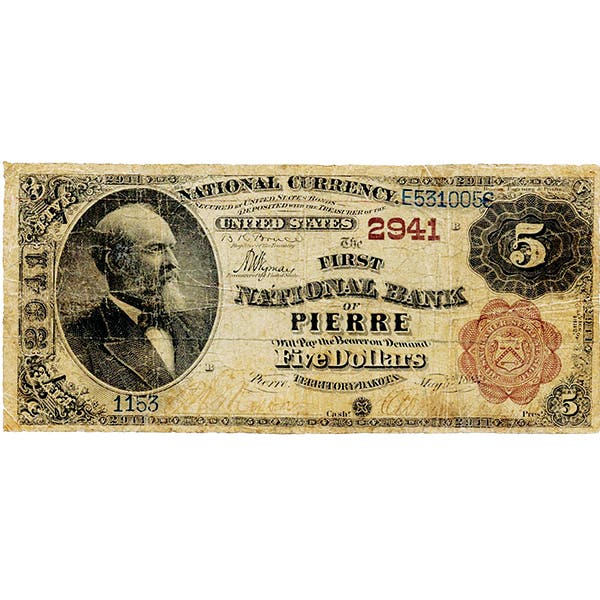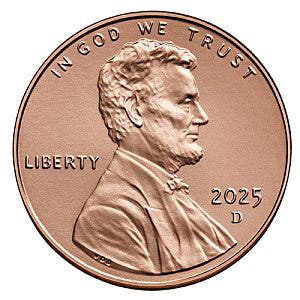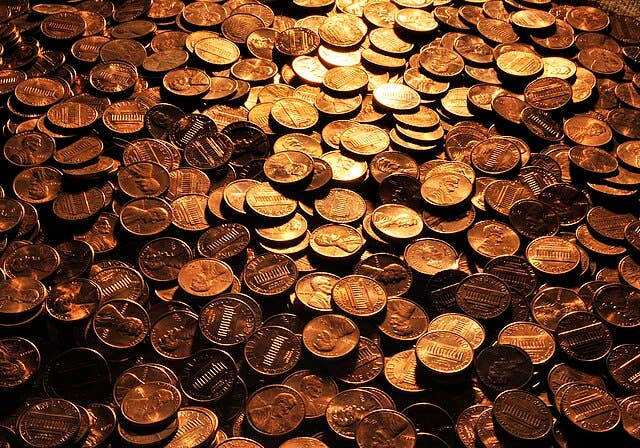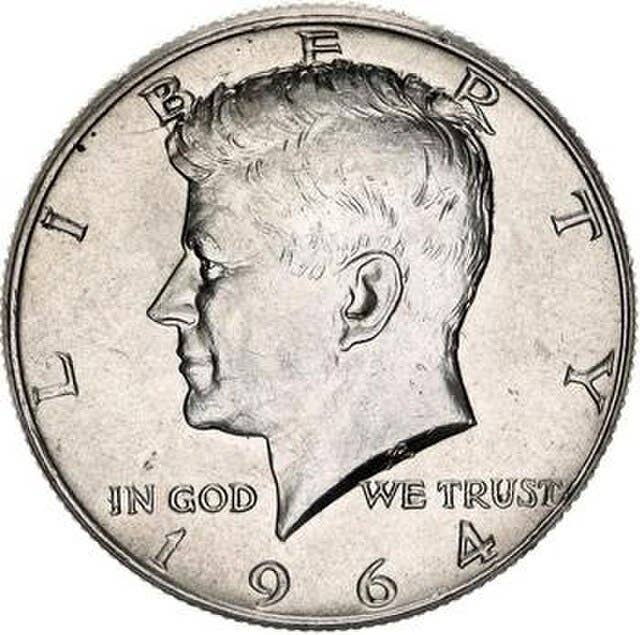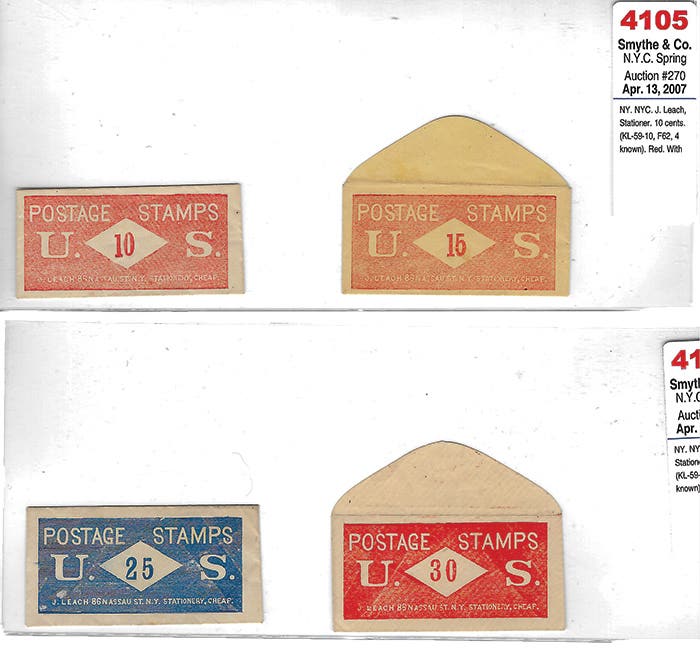Maine Centennial half missed celebration
One would think that something like a statehood centennial half dollar would be a relatively straightforward commemorative. But considering what happened with the Maine Centennial half, one can see the…
One would think that something like a statehood centennial half dollar would be a relatively straightforward commemorative. But considering what happened with the Maine Centennial half, one can see the potential for problems with later issues.
It’s important to understand the situation at the time. There was no regular commemorative coin program back in 1920. The last commemorative half dollar had been the Illinois Centennial-Lincoln issue of 1918, and part of that coin’s large mintage wound up bagged in bank vaults for years before being released at face value.
The Illinois Centennial was just one example of how commemorative programs were not well run and not that successful in terms of sales. They were also not very consistent. For example, if you had tried to guess which denomination might be used for the Maine Centennial, you could not be faulted for choosing a gold dollar, since it had been used more than any other denomination.
A mintage of 100,000 Maine Centennial half dollars was authorized on May 10, 1920, with plans to sell them at the statehood celebration in Portland. Anthony de Francisci modeled the coin from a design by Harry H. Cochrane. The obverse featured the arms of the state, which includes the Latin word “DIRIGO” for “I Direct.” The reverse carries the legend “MAINE CENTENNIAL” and the dates “1820-1920” within a wreath.
It is worth noting that, at about the time de Francisci was working on this project, he was approached to submit designs for what would become the Peace dollar. He won that competition, perhaps surprisingly, since he was competing against some of the most famous American artists of the time (a number of whom had already seen their designs selected for circulating coins).
In the end, just half of the authorized number of Maine Centennial coins were actually produced, along with 28 pieces for the Assay Commission. This was unusual, as over the years the Treasury had ended up melting large numbers of unused coins from mintages that had turned out to be far too high. In other cases, coins for which there was little demand eventually reached circulation at face value, probably upsetting those who had purchased them at premium prices.
Unfortunately, there were no coins to sell at the big celebration, since they were not ready. They arrived later at the office of the state treasurer, where they actually fared better than might be expected. More than 30,000 were bought very quickly.
It was rare for state officials to get involved in marketing commemorative coins, and the results were usually not very good. Iowa, for example, set aside 1,000 examples of its 1946 statehood coin, with 500 to be sold in 1996 and the rest in 2046. Officials did not wait and tried to sell 500 coins in 1992 at the outrageous price of $500 each. Even today, the Iowa coin is only $115 in MS-65.
Maine avoided that sort of unfortunate situation by continuing to offer its Centennial halves at reasonable prices over time. It appears all the coins had sold by the 1930s. Today, they list for $130 in MS-60 condition. An MS-65 example is $300, indicating that supply in top grades is not that strong, perhaps a reflection of the rushed production that still failed to get them to the celebration on time.
Despite something of a rocky start, the Main Centennial half dollar tells a great story of overcoming real problems and helping to make a success of an early commemorative program.
This article was originally printed in Numismatic News. >> Subscribe today.
More Collecting Resources
• Subscribe to our monthly Coins magazine - a great resource for any collector!
• Start becoming a coin collector today with this popular course, Coin Collecting 101.




